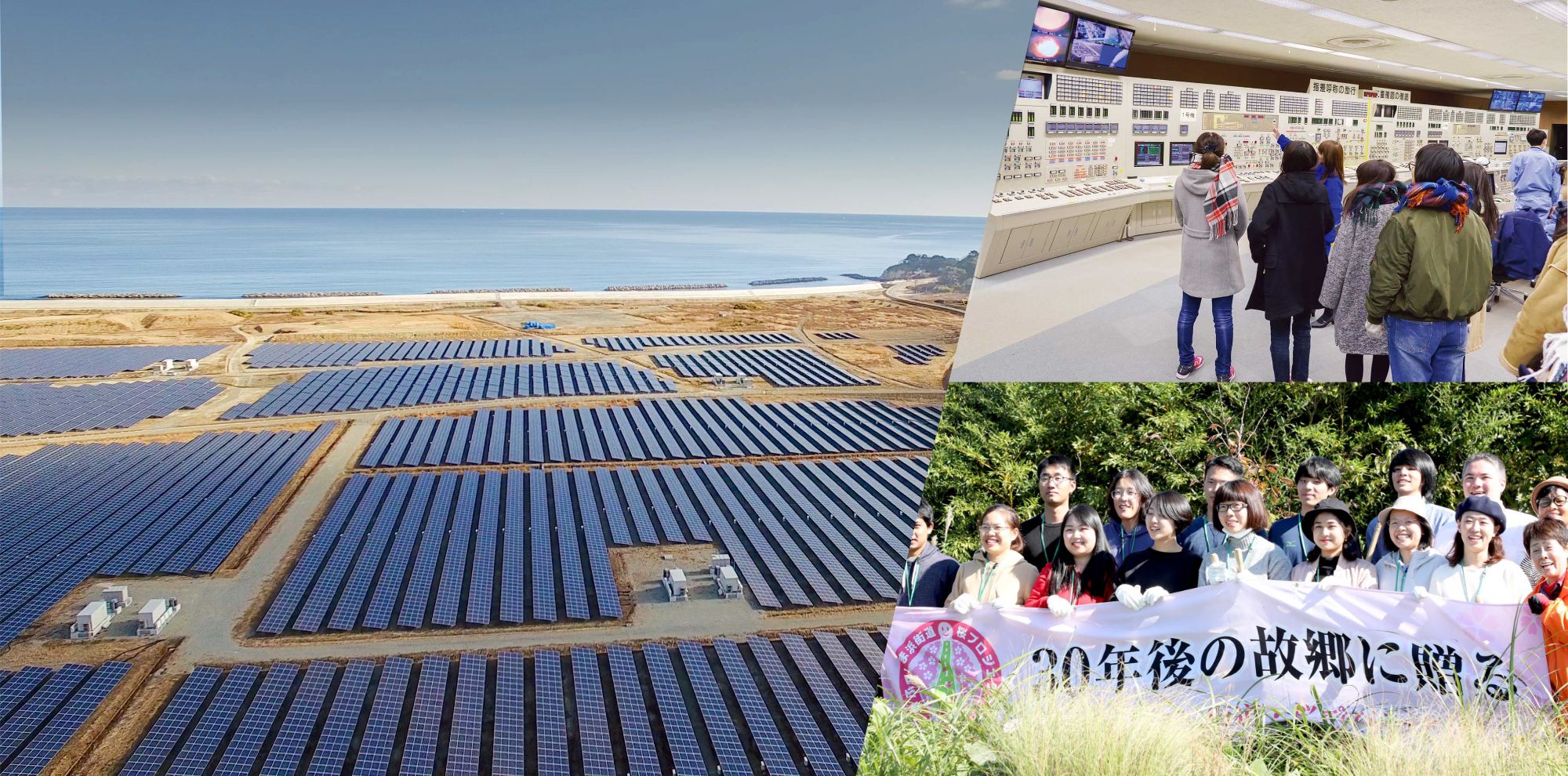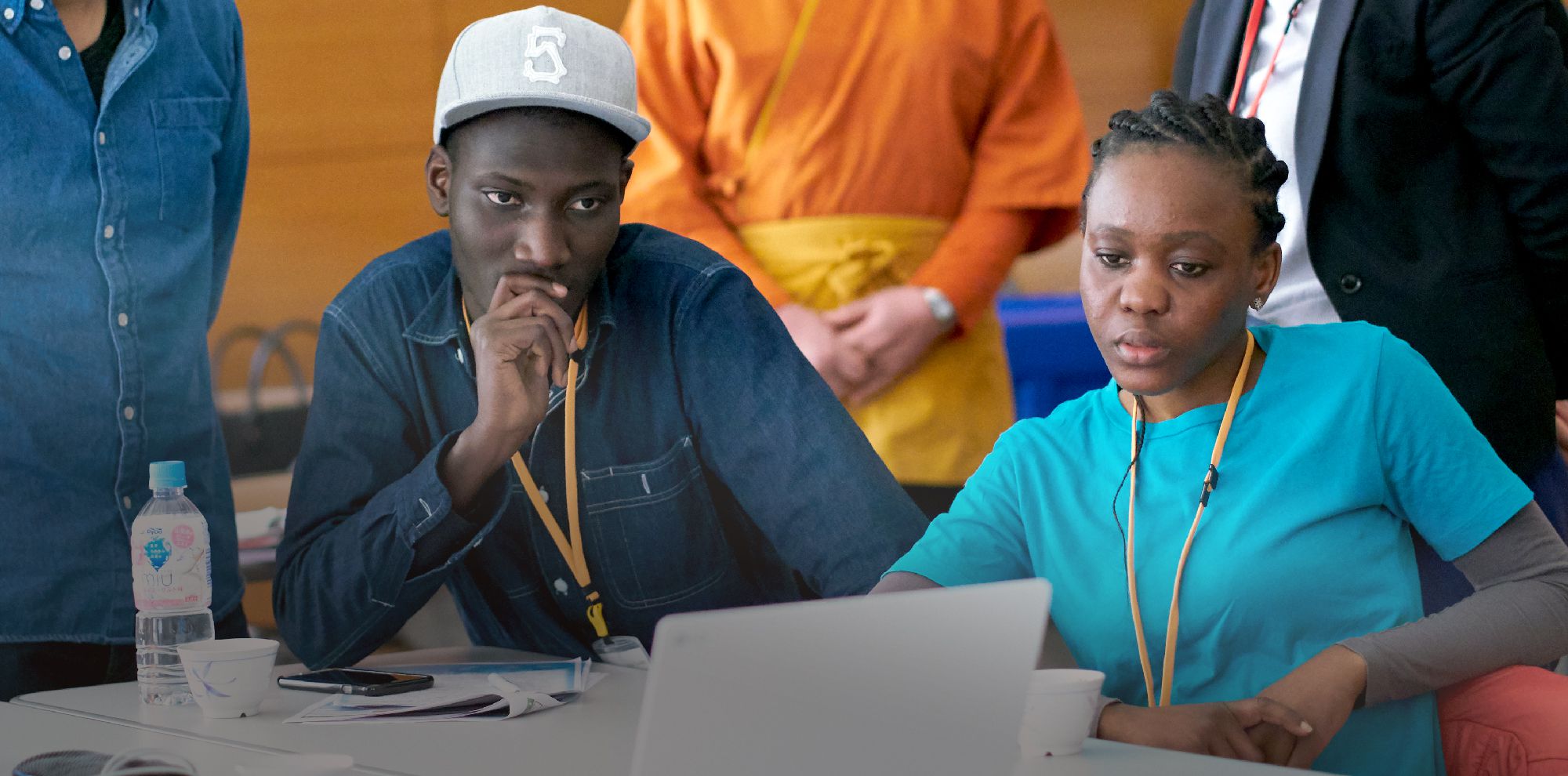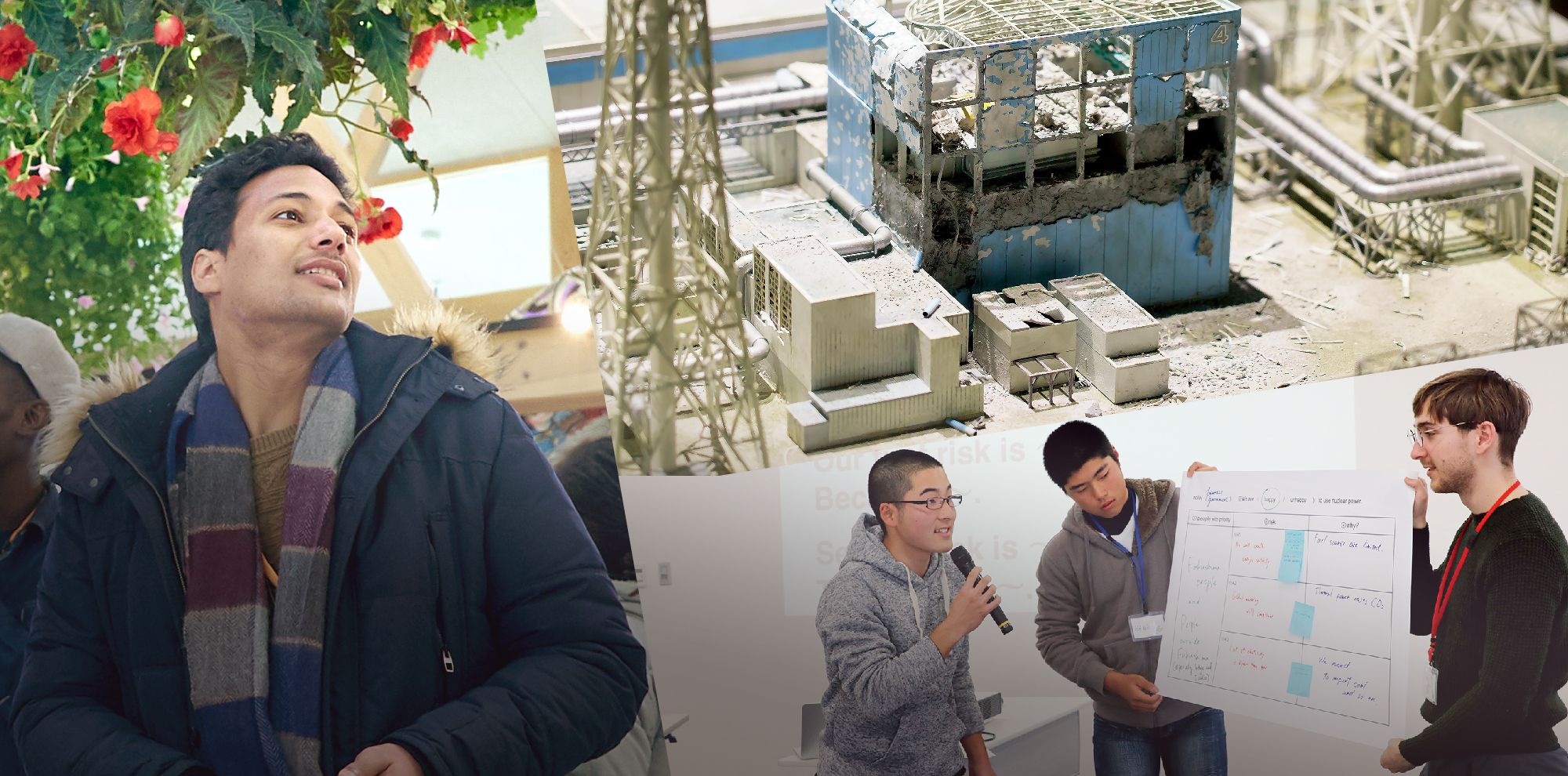WHAT IS HOPE TOURISM
Hope Tourism (Hope in Fukushima)
At 2:46 pm on March 11th 2011, a magnitude 9 megathrust earthquake occurred in Japan’s Tohoku region.
Many people in Fukushima Prefecture lost their lives to this earthquake and the subsequent large tsunami, and scores of homes were destroyed.
In addition, the Fukushima Daiichi Nuclear Power Station Disaster resulted in leaving many people with no choice but to evacuate their homes. The effects of these multiple disasters remain to this day.
However, there are lots of people in the disaster-affected areas striving for a bright future, and working hard to make post-earthquake and nuclear disaster revitalization a reality.
Hope Tourism offers participants the opportunity to actually see the places where the effect of the earthquake and nuclear disaster still remain, as well as the places where revitalization efforts are taking places.
What’s more, participants can hear directly from people dedicated to regional revitalization. Through these experiences, participants can be actively involved in the handing down of lessons learned from the earthquake and nuclear disaster, as well as having the opportunity to reflect upon a number of current societal problems. This is all part of a new type of tourism we call ‘Hope Tourism’.
Step 1: Seeing
Fukushima today: There are both positive and negative sides to the current situation in Fukushima Prefecture, much of which can only be seen by visiting.
There are buildings left broken, abandoned streets left empty after being evacuated. But Fukushima is also home to many areas on the steady path to revitalization, with some areas focused on creating a way of powering society through renewable energy, and ridding it of its reliance on nuclear power.
For Hope Tourism, rather than thinking of visits to local areas as being those to “disaster-affected areas”, we think of them as areas continuing on the path to local revitalization. We believe that it is important for people to see these places with their own eyes.
-
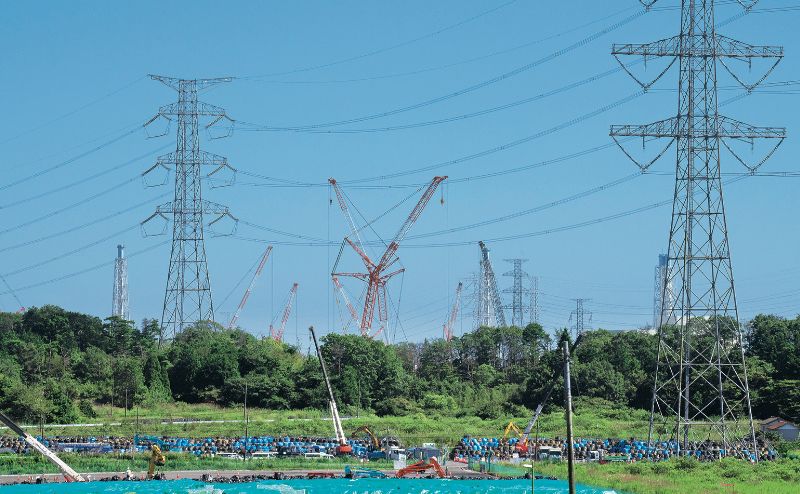
Fukushima Daiichi Nuclear Power Station, as seen from a national highway.
-
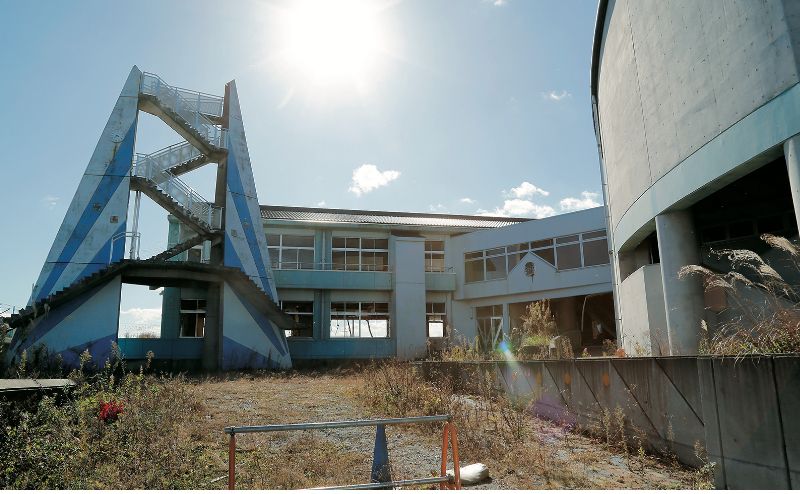
Ukedo Elementary School (Namie Town), which was badly damaged by the tsunami. All students were evacuated from the school on the day of the disaster.
-

Tomioka Revitalization Mega Solar Power Plant, which was built with local revitalization in mind.
-

Japan Atomic Energy Agency’s Naraha Center for Remote Control Technology Development, which was established as a development and demonstration facility.
Step 2: Listening
From community rebuilding and the resumption of farming and fishing activities, to disaster prevention and dealing with the nuclear disaster, there are people who - even in the midst of unprecedented hardships - continue working hard across a variety of fields to move towards a bright future.
Participants have the opportunity to speak with some of these extraordinary individuals, who are invited to participate in Hope Tourism tours as ‘Guest Speakers’.
-
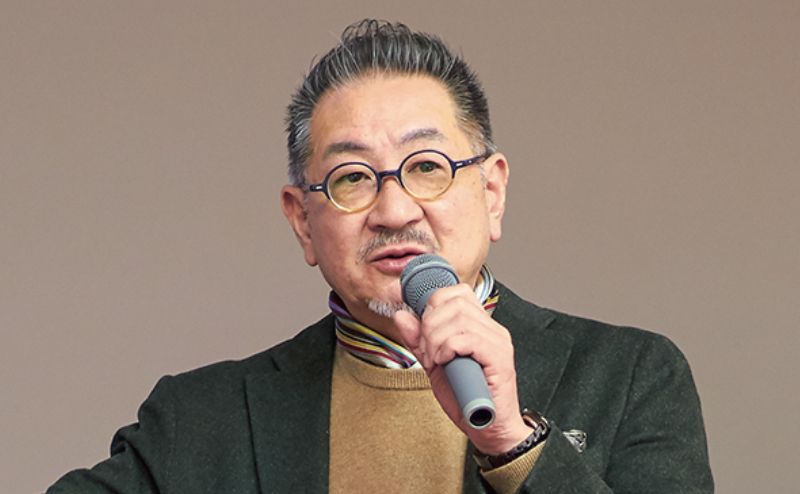
Disaster Prevention &
Mitigation
Kazuhiko Amano
(Fukushima University) -
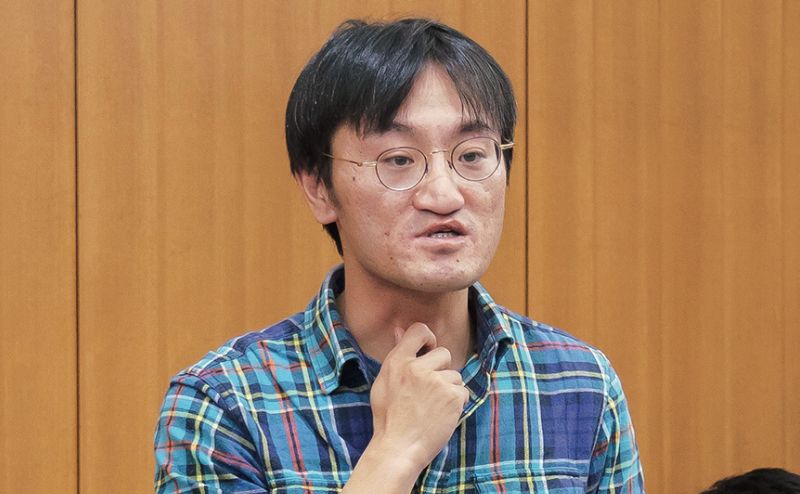
Nuclear Disaster /
Decommissioning
Akihiro Yoshikawa
(AFW) -

Fisheries
Motofumi Kikuchi
(Soma Futaba Fishery Cooperative Association, Haragama Branch Office)
Step 3: Considering
In Fukushima Prefecture, participants can see not only places that remain as they were on the day of the disaster, but also those that have changed, or are changing, and are moving towards revitalization. Through interacting with our Guest Speakers, participants can learn a lot from hearing a range of opinions regarding current progress and regional revitalization.
Whilst considering the current state in Fukushima and current revitalization efforts, participants are invited to contemplate and debate about social challenges, such as aging populations, decreasing birthrates, community decline, the loss of industrial infrastructure, and energy problems.
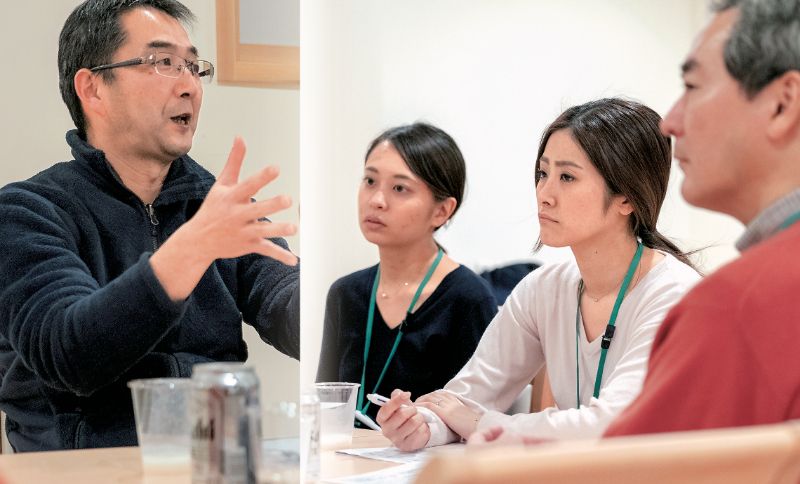
Areas to be Visited
Tours run by Hope Tourism mainly visit the coastal area of Fukushima Prefecture, which is where the Fukushima Daiichi Nuclear Power Station is situated. During part of the tour, participants may pass through Difficult-to-Return Areas, but apart from this, all disaster-affected areas to be visited are places where evacuation orders have been dropped, meaning that former residents are able to return. (There won’t be visits to areas where special permission is needed in order for a temporary visit to take place).
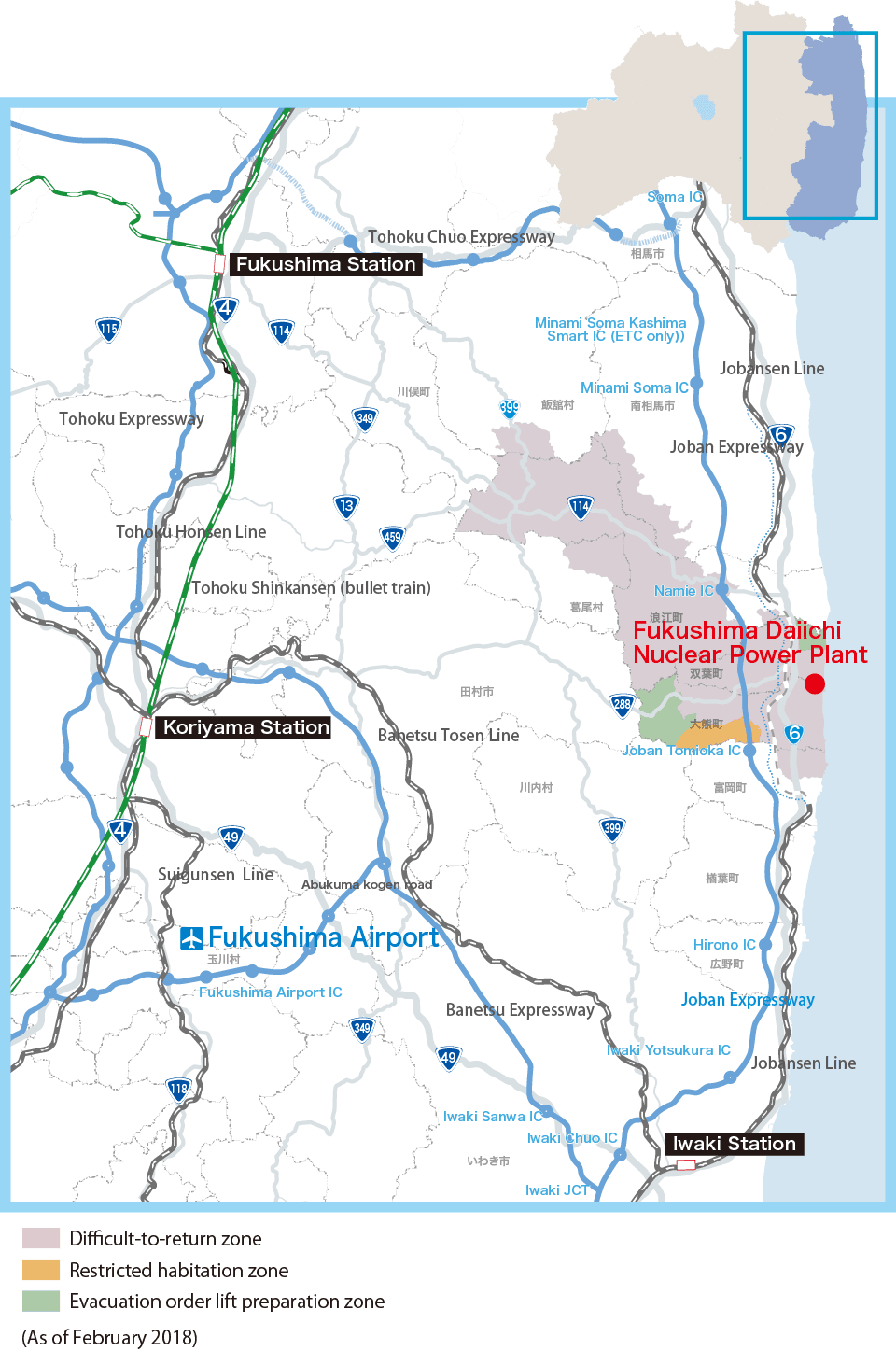
-
Routes
-
People
NEWS
-
 Dec 25, 2019 News
Dec 25, 2019 NewsNews of 「HOPE TOURSISM」 tour for foreign visitors to Japan
-
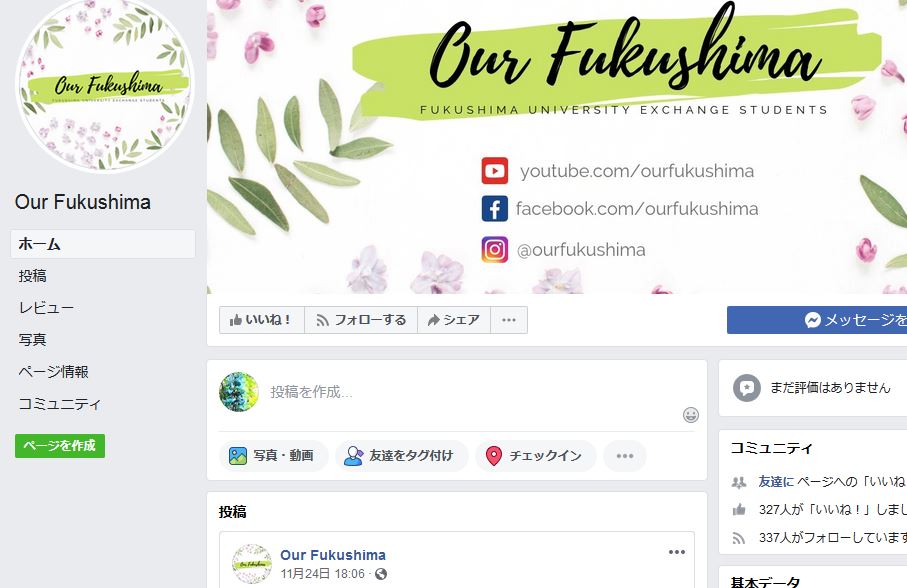 Dec 18, 2019 News
Dec 18, 2019 NewsFollow Fukushima University International Student Facebook started !!
-
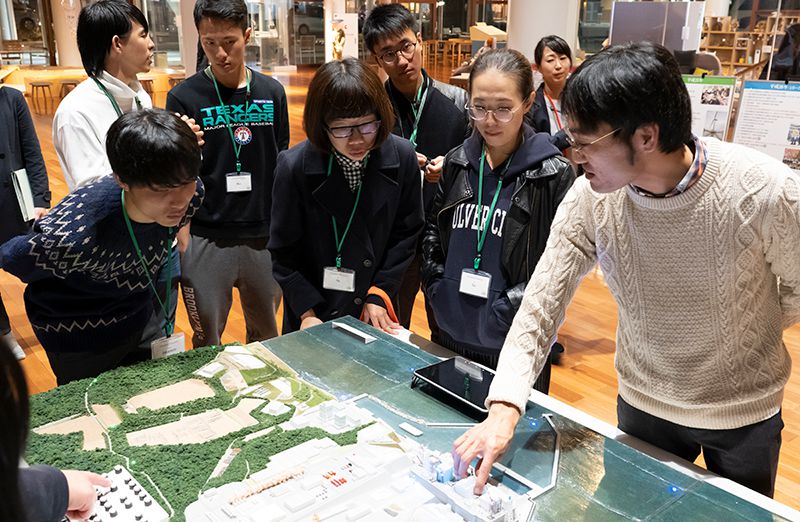 Oct 1, 2019 News
Oct 1, 2019 News"Hope Tourism" Discovering the REAL Fukushima, and thinking about our FUTURE!
-
 Feb 22, 2019 News
Feb 22, 2019 NewsThe English website for “Hope Tourism” is now available!
